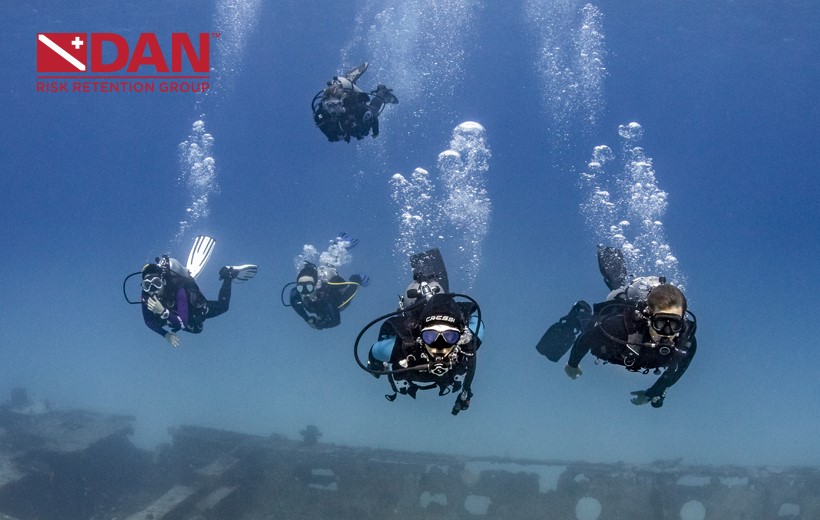Rebreather Forum 3: Be RoSPA CCR Aware
To this end RoSPA worked with a number of rebreather industry experts to identify key safety issues.
RoSPA Video
The result was a film that gives divers and those new to rebreathers a solid awareness of the key safety factors for diving with rebreathers.
Eight years ago today – Friday 18th May 2012 – this film was unveiled at a very important international safety symposium called Rebreather Forum 3. In fact ‘CCR Aware‘ opened #RF3.
















